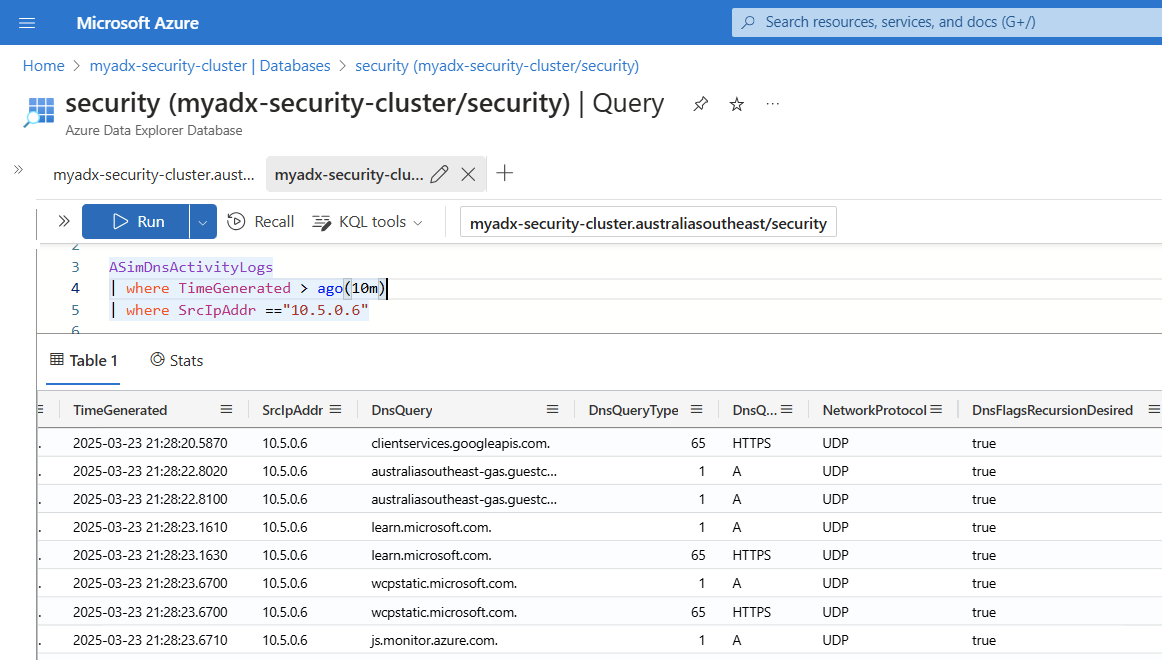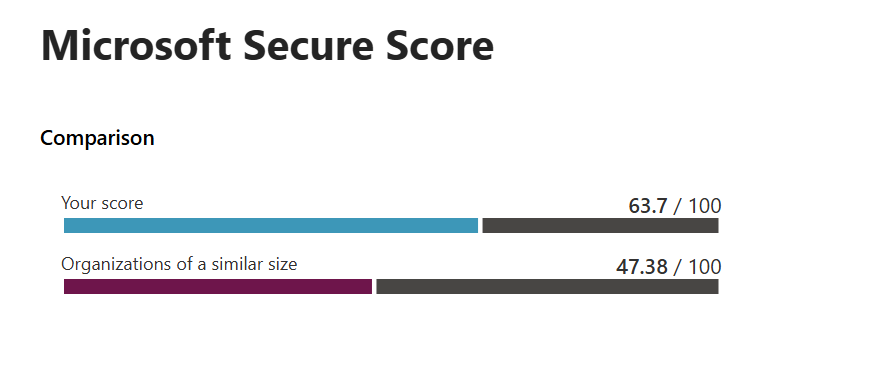Sending Windows DNS Server logs to Azure Data Explorer

DNS logs are a critical resource for a SOC team. They provide forensics for understanding what has been done within an environment and they can be an early warning system for identifying malware and bad actors in the environment.



